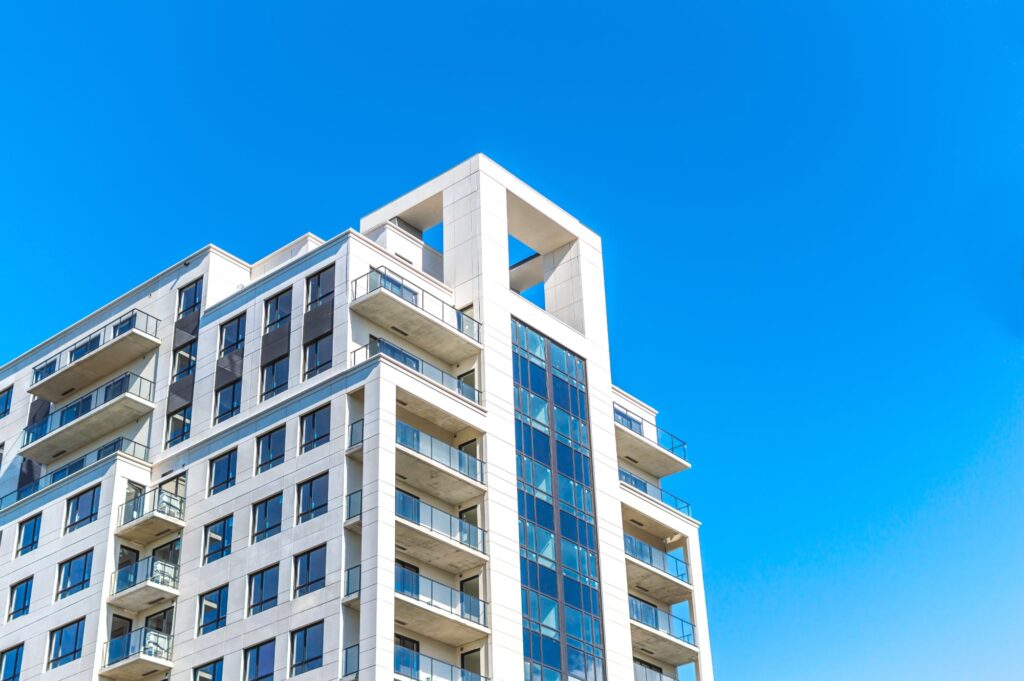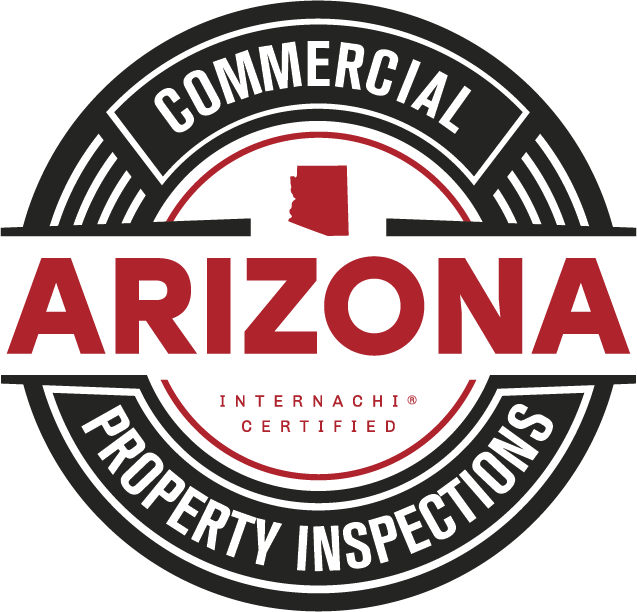Investing in a multi-floor condominium can be an exciting venture, whether you’re purchasing for personal use or as an investment property. However, like any building, multi-floor condominiums are susceptible to a range of structural issues that can affect their safety, functionality, and value. Here are some key structural issues to look for when inspecting a multi-floor condominium.
1. Foundation Problems
The foundation is the bedrock of any building, and multi-floor condominiums are no exception. Look for signs of foundation problems such as:
- Cracks in the Walls and Floors: Vertical or horizontal cracks can indicate shifting or settling of the foundation.
- Uneven Floors: Sloping or sagging floors can be a sign of foundation issues.
- Doors and Windows that Stick: Difficulty in opening or closing doors and windows can be caused by foundation movement.
2. Water Damage
Water damage can compromise the structural integrity of a building over time. Be vigilant for:
- Leaking Roofs: Inspect the roof for signs of wear and tear, missing shingles, or leaks.
- Stains on Ceilings and Walls: Water stains can indicate leaking pipes or roof issues.
- Damp or Moldy Basements: Musty smells or visible mold can be a sign of poor drainage or water infiltration.
3. Structural Cracks
Cracks in the structure of the building can be a serious concern. Pay attention to:
- Exterior Cracks: Large cracks in the exterior walls can indicate significant structural issues.
- Interior Cracks: Cracks around doors, windows, and ceilings can be a sign of structural stress.
- Expansion Joint Separation: Gaps or separation at expansion joints can indicate movement in the building.
4. Roof Issues
The roof is a critical component of any multi-floor condominium. Check for:
- Damaged or Missing Shingles: These can lead to leaks and water damage.
- Pooling Water: Flat roofs can develop pools of water, leading to leaks and structural damage.
- Sagging Rooflines: A sagging roof can indicate underlying structural issues.
5. Load-Bearing Walls
Load-bearing walls support the weight of the building. Look for:
- Cracks or Bulges: Any signs of damage to load-bearing walls can indicate serious structural problems.
- Modifications: Ensure that any renovations or modifications have not compromised load-bearing walls.
6. Floor Deformation
Floors in multi-floor condominiums should be level and stable. Be on the lookout for:
- Bouncy or Sagging Floors: This can indicate weakened structural supports or joists.
- Gaps Between the Floor and Baseboards: These can be a sign of shifting or settling.
7. Structural Steel and Concrete Integrity
Many multi-floor condominiums use steel and concrete as primary construction materials. Inspect for:
- Rust on Steel Beams: Rust can weaken steel beams over time.
- Spalling Concrete: Flaking or crumbling concrete can indicate water infiltration and structural weakness.
- Exposed Rebar: Visible rebar can be a sign of deteriorating concrete.
8. Balcony and Deck Issues
Balconies and decks can present unique structural challenges. Check for:
- Sagging or Sloping: Any unevenness can indicate structural problems.
- Railing Stability: Ensure railings are secure and meet safety standards.
- Water Damage: Look for signs of water pooling or leaks, which can lead to structural damage.
9. Building Settling
All buildings settle over time, but excessive settling can be problematic. Watch for:
- Misaligned Windows and Doors: This can be a sign of uneven settling.
- Visible Gaps: Gaps between the walls and ceiling or floors can indicate settling issues.
10. Fire Safety Features
Structural integrity also encompasses fire safety. Ensure that:
- Fire Escapes are Intact: Check that fire escapes are in good condition and accessible.
- Fire Doors are Functional: Ensure that fire doors close properly and have not been compromised.
Conclusion
When inspecting a multi-floor condominium, being aware of these potential structural issues can help you make an informed decision. A thorough inspection by a qualified professional is crucial to identify any underlying problems and ensure the safety and longevity of the property. Whether you’re buying for personal use or as an investment, understanding the structural health of a multi-floor condominium is key to protecting your investment and ensuring peace of mind.

